
Table of Contents
Those who employ better posture may become more conscious of their bodies as they improve their stooping posture. People may become more aware of when their muscles are tense and notice misaligned parts of their body. Posture is more than self-esteem when you're in good condition. Here are some health benefits that can result when you fix stooped posture:
- Pain relief for the back
- Injury risks are reduced
- Muscles and joints are less stressed
- A better circulatory, digestion, and respiratory system
Bad or stooping posture can be corrected naturally by the body over time. Several exercises are discussed in this article that can help improve posture.
What is Stooping Posture?
A stooped forward posture causes your spine to be stressed. Your backbone is put under a lot of strain as a result of those forces. Bad posture has a lot of bad results. If you slump constantly, your inside organs are pushed together, and your lungs and intestines cannot function properly. This position can make digestion difficult or make breathing difficult over time.
Many stooped posture causes contribute to aging, and they will all be considered. As well as the other factors, it is important to keep in mind that bones, muscles, and joints are all part of our musculoskeletal system. The vertebrae consist of backbones, while intervertebral discs act as joints and muscles like muscles. With advancing age, the posture changes dramatically, and the spine starts bending forward as the spine becomes increasingly stooped.
How to Fix and Stop Stooping Posture
1. Waking straight
Standing tall is important. It will feel good and look good, too, even slimmer. Take your height in front of a wall. Take a comfortable stance with your gaze toward the sky. Keep your ears raised above your shoulders. Maintaining a straight back, straight knees, and a tucked-in stomach is best. Don’t stick your hips out too much. Your head should feel as though it's stretching upward.
2. Sitting straight
The office chair is comfortable to slouch in, or you can lean back and swivel. Just don't slouch! Sit up straight to be comfortable and avoid stooping posture. A small towel or lumbar cushion should be placed behind your mid-back to prevent your spine from becoming twisted. One more way to do this is through active sitting. In other words, your feet should be at a similar height to your hips, and your knees should be bent in the same direction as your hips. To get this right, make sure that both feet are flat on the ground.
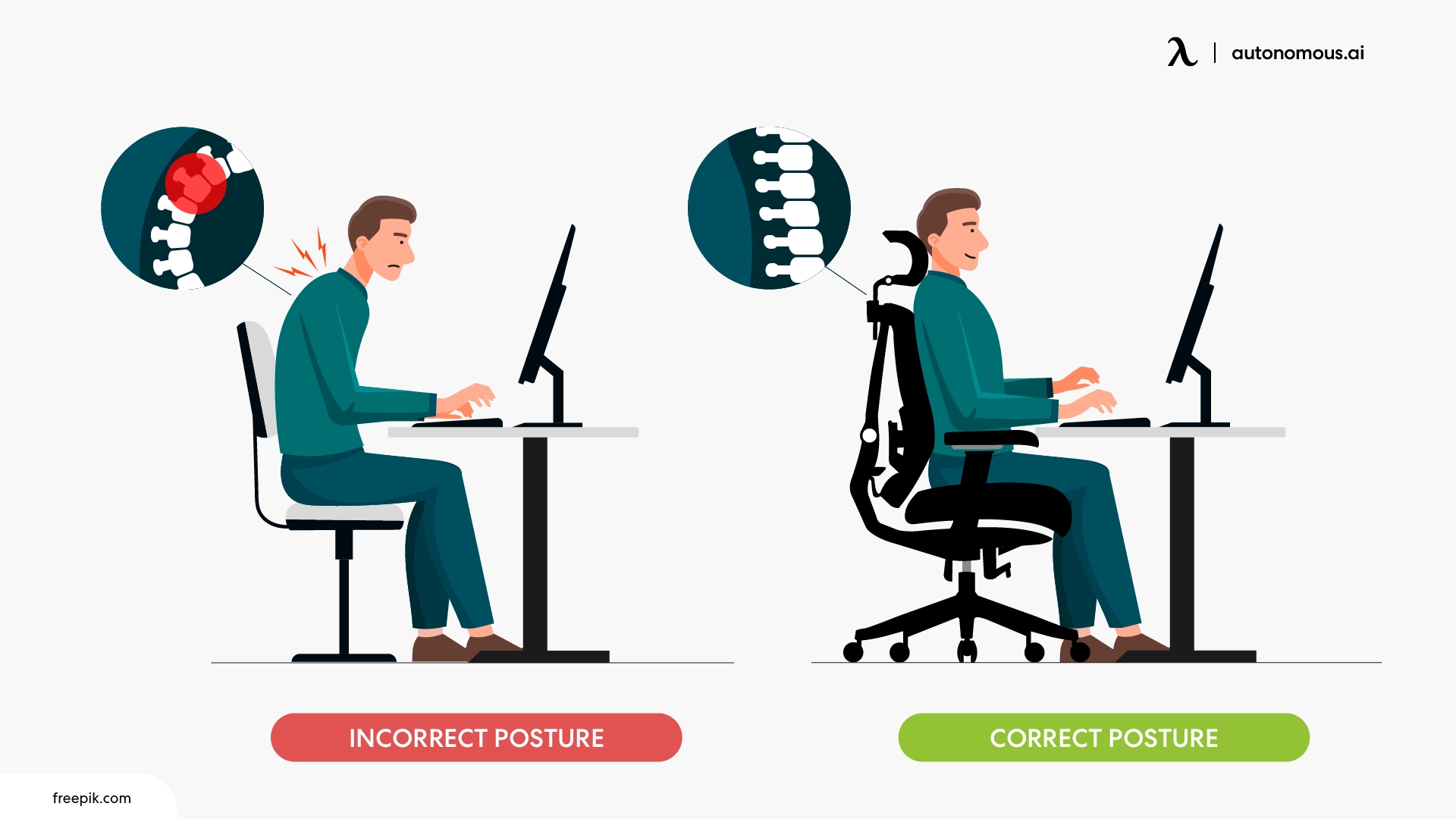
3. Beat fatigue with naps
You cannot slack off because you're taking a nap. Do not choose a fluffy, sagging mattress. Make your spine's natural shape a priority by choosing a firm mattress. What about side sleepers? Be sure not to hug your knees. One posture exercise is to make sure your head is level with your spine by placing a pillow under it. Instead of using a thick pillow under the neck, those who sleep on their backs should use a small one.
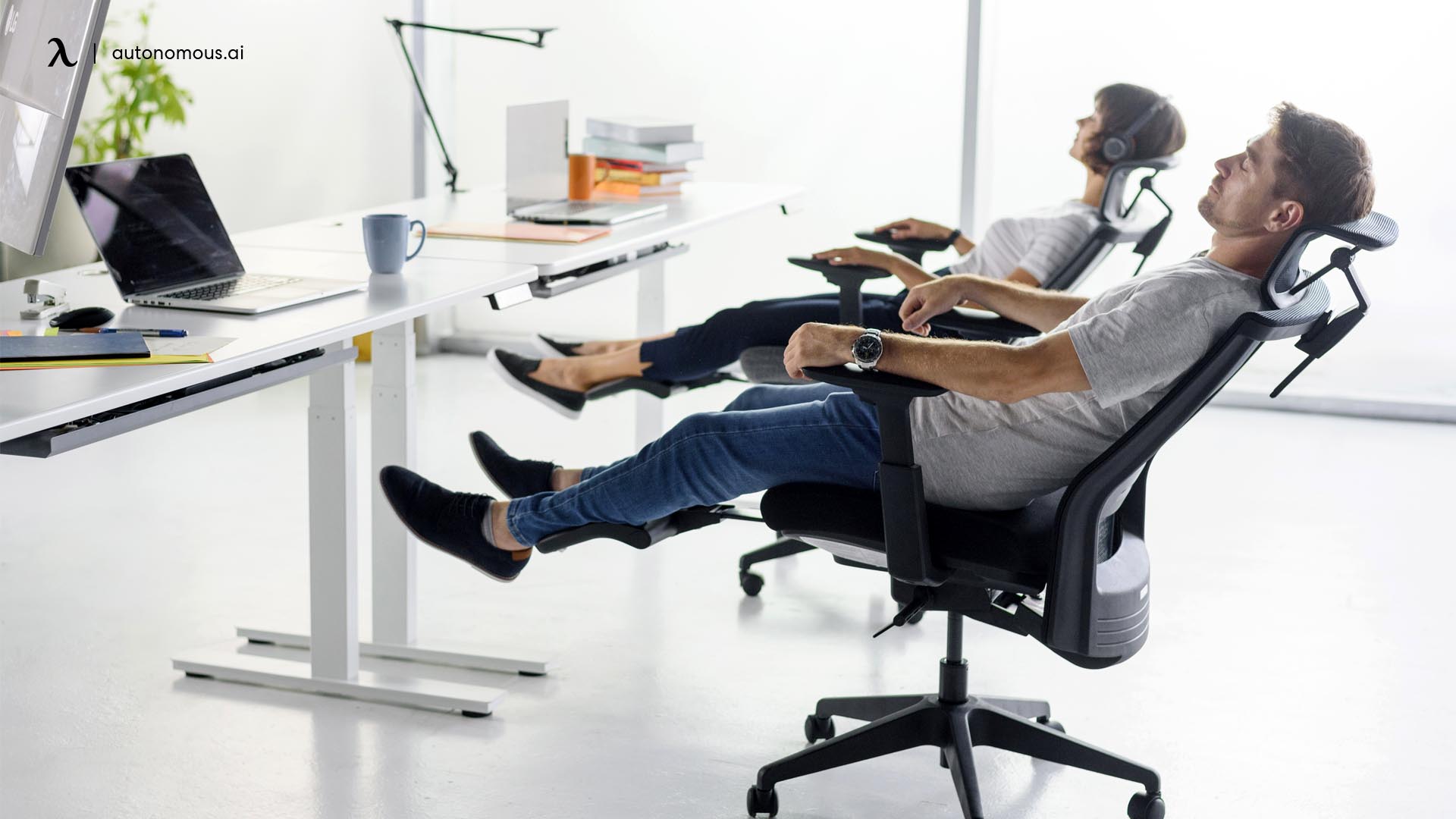
4. Avoid leaning into the view of your smartphone
Are you constantly glued to your smartphone? That is one type of posture that could ruin your spine and cause stooping posture. Every time you tilt your head downward to check messages, it puts extra strain on your neck and upper back. Over time, that pressure adds up, making poor posture harder to correct.
Instead of bending your head forward, lift your phone closer to eye level and keep your gaze steady. You can also use stretches and techniques similar to those used to correct leaning forward in a chair to help reset your posture and relieve tension.
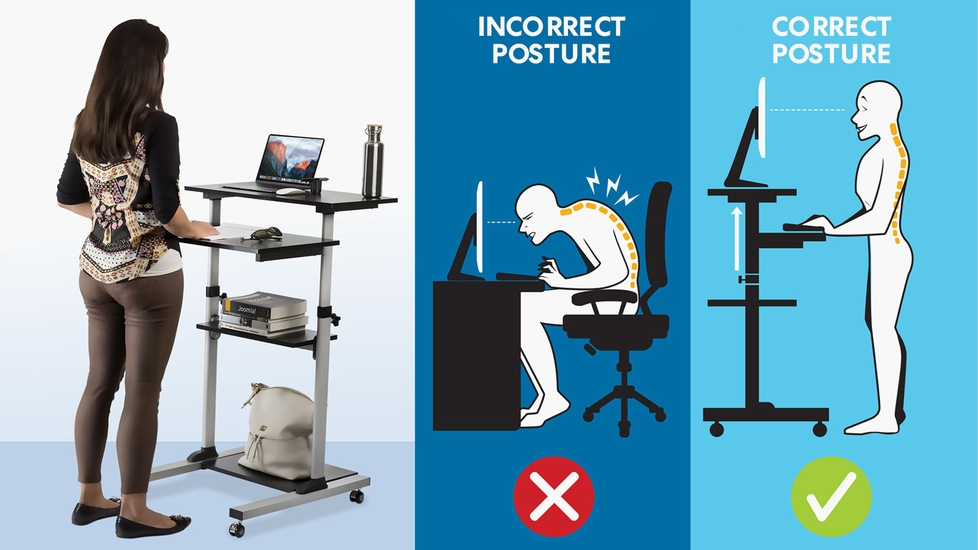
5. Skip wearing heels to work
As you walk in stilettos and pumps, your spine is pushed forward, resulting in an over-arched position. Back pain can result from nerve pressure caused by a change in how your backbone lines up. Your knees become strained as well from wearing sky-high shoes. If you choose to wear high heels every day, go for a low, chunky heel.
6. Taking up exercising
Back pain is often worse when there’s extra weight around the belly, since it adds pressure to the spine. A strong spine starts with strong core and back muscles, which is why a regular workout plan is key to avoiding stooping posture. Simple movements like the single best exercise for lower back pain or standing desk exercises can make a noticeable difference over time.
For a gentle and effective approach, the best yoga poses for back pain or chair exercises at work are easy ways to build strength during the day. You can also try upper body chair exercises or chair exercises for belly fat to improve posture support without going to the gym.
For those who prefer cardio, StairMaster vs jogging, running vs StairMaster, and walking vs running comparisons can help you choose the best option for your fitness level and spine health.
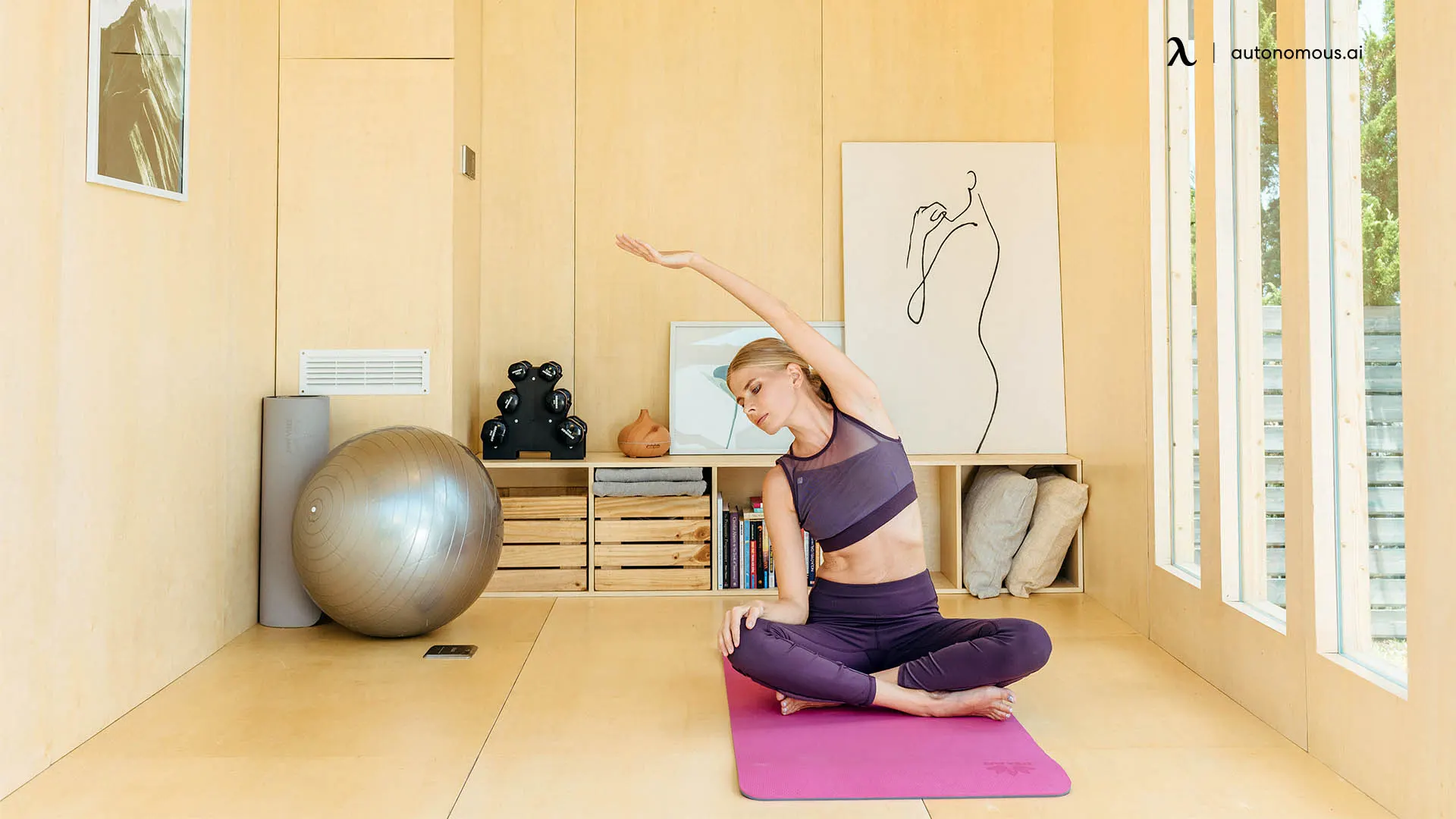
7. Consider a medical check-up
Whether you slouch or not is often easy to tell, but it’s smart to confirm with a quick posture test. Stand with your back against a wall, place your feet about six inches from the baseboard, and check if your neck and lower back are roughly two inches from the wall. If not, or if you feel pain, it may be time to talk with your doctor about posture correction.
Persistent or sharp discomfort could also signal something more serious, such as issues related to a bruised back or bruised spine. A medical check-up can help rule out underlying problems and guide you toward the right treatment or therapy.
8. Keep your head in an upward position
You should maintain a height of 180 degrees and align your shoulders with your ears and chin when you walk. By doing this, you may avoid lunging into your chest while walking. Focus your attention forward to avoid lunging. When you are walking, keep your eyes focused about 10 to 20 feet away from you.

9. Keep your core engaged
Walking is more effective when your core muscles are activated. Gently pulling your belly inward toward your spine before each step helps tighten and engage your core, improving balance and stability while easing pressure on your back.
Building a strong core isn’t limited to walking. Choosing the best office chair for core strength can support posture throughout the day, while habits like standing to build muscle can further strengthen your core without extra workouts.
10. Take breaks to move
Take frequent, smaller breaks during your workday to walk about your room or do some quick chores to avoid stooping posture. Ensure that your gait is steady from heel to toe. Stepping out of step with a toe push off the ground is the same as striking the ground with your heel first is good posture at work. Try to keep your toes off the ground and stay on your feet. Make sure to keep your arms behind your back all the time as you walk. Be sure to swing your arms from the shoulders and not your elbows if you swing your arms.

Ergonomics and Posture Support
Improving stooping posture isn’t just about exercises — it’s also about creating the right environment for your body to stay aligned. Ergonomics plays a major role in preventing slouching during long hours of work or daily routines. The way your desk, chair, and screen are set up can either support your spine or slowly encourage it to bend forward.
Start by adjusting your chair so your feet rest flat on the floor and your knees are level with or slightly below your hips. Your desk should allow your elbows to rest comfortably at a 90-degree angle, and your monitor should sit at eye level to stop you from leaning forward. Using ergonomic tools like adjustable chairs, standing desks, and lumbar supports can help maintain a neutral spine with less effort.
A well-designed setup doesn’t just make your workspace more comfortable — it also builds better posture habits over time, helping you avoid stooping posture altogether.
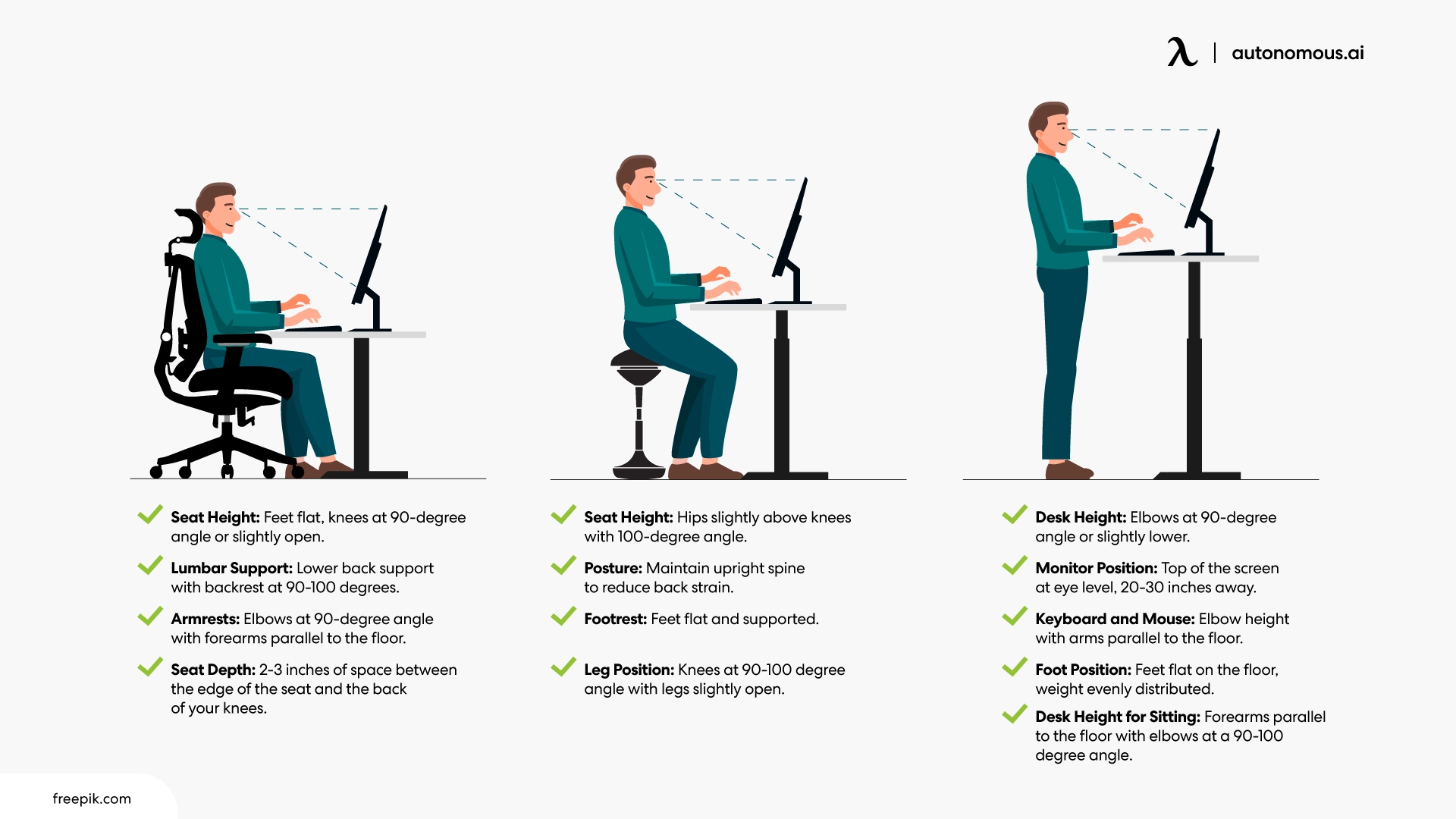
FAQs
What is stooping posture?
Stooping posture happens when the upper back rounds and the head leans forward, putting extra pressure on the spine. It often develops from habits like slouching at a desk, looking down at devices, or standing incorrectly over time.
Can stooping posture be fixed naturally?
Yes. With regular stretching, strengthening, and posture awareness, most people can correct stooping posture without medical procedures. Consistency is key to retraining your muscles and realigning your spine.
How long does it take to correct stooping posture?
Many people notice improvements within a few weeks, but full correction may take several months depending on severity. Daily posture exercises and mindful movement speed up the process.
What happens to your body if you keep stooping?
Persistent stooping can lead to chronic back and neck pain, poor circulation, and strained joints. Over time, it may also affect breathing and digestion due to pressure on internal organs.
What exercises help fix stooping posture?
Strengthening your upper back, opening tight chest muscles, and engaging your core are most effective. Simple moves like wall slides, chin tucks, or rows can help realign your posture.
Does a posture corrector fix stooping posture?
A posture corrector can remind your body to stay upright, but it’s not a permanent fix. Real improvement comes from strengthening your muscles and changing daily habits.
Can sleeping wrong cause stooping posture?
Yes. A pillow that’s too high or a soft mattress can push your head and spine out of alignment overnight. Sleeping with a neutral spine position supports better posture during the day.
How should I sit to avoid stooping at work?
Keep your feet flat on the floor, your hips slightly above knee level, and your back supported. Position your screen at eye level so you don’t lean forward or round your shoulders.
Is stooping posture permanent?
In most cases, no. With early attention and consistent correction, stooping posture can be reversed or significantly improved. Only severe structural changes may require medical intervention.
When should I see a doctor for stooping posture?
If your stooping is painful, getting worse, or limiting daily movement, it’s smart to get checked by a professional. They can rule out serious conditions and guide a proper recovery plan.
Conclusion
Stooping posture may seem like a small habit, but over time it can affect your health, comfort, and confidence. The good news is that with daily awareness, proper sitting and standing habits, and a few targeted exercises, most people can correct it naturally. Even small changes—like adjusting how you sit at work, improving your gamer position, maintaining proper writing posture, or practicing proper typing posture—can make a big difference.
By taking action early, you not only improve your posture but also protect your spine, muscles, and overall well-being for years to come. A few mindful adjustments today can save you from long-term discomfort tomorrow.
.svg)

.webp)

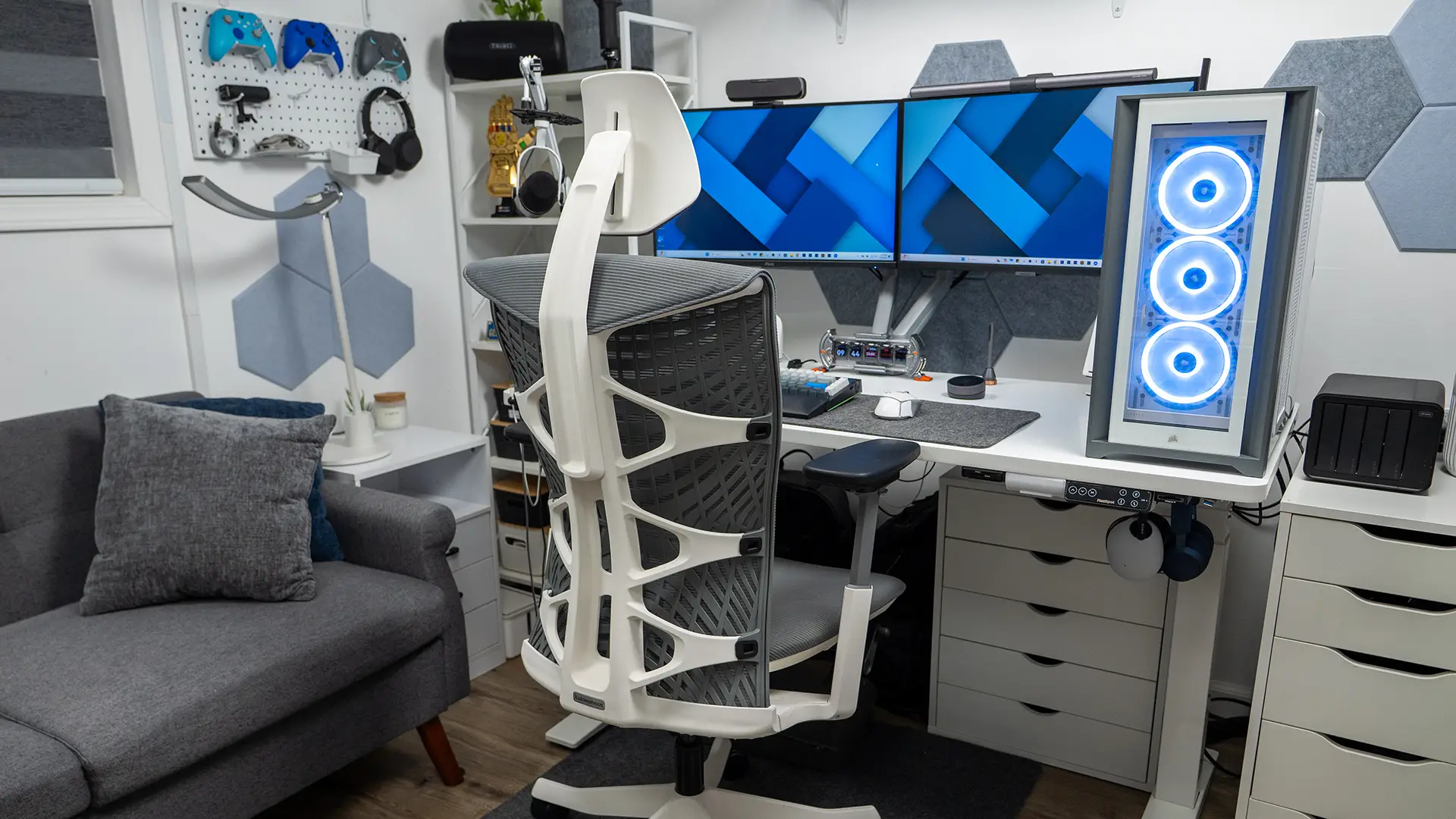


(1).webp)



